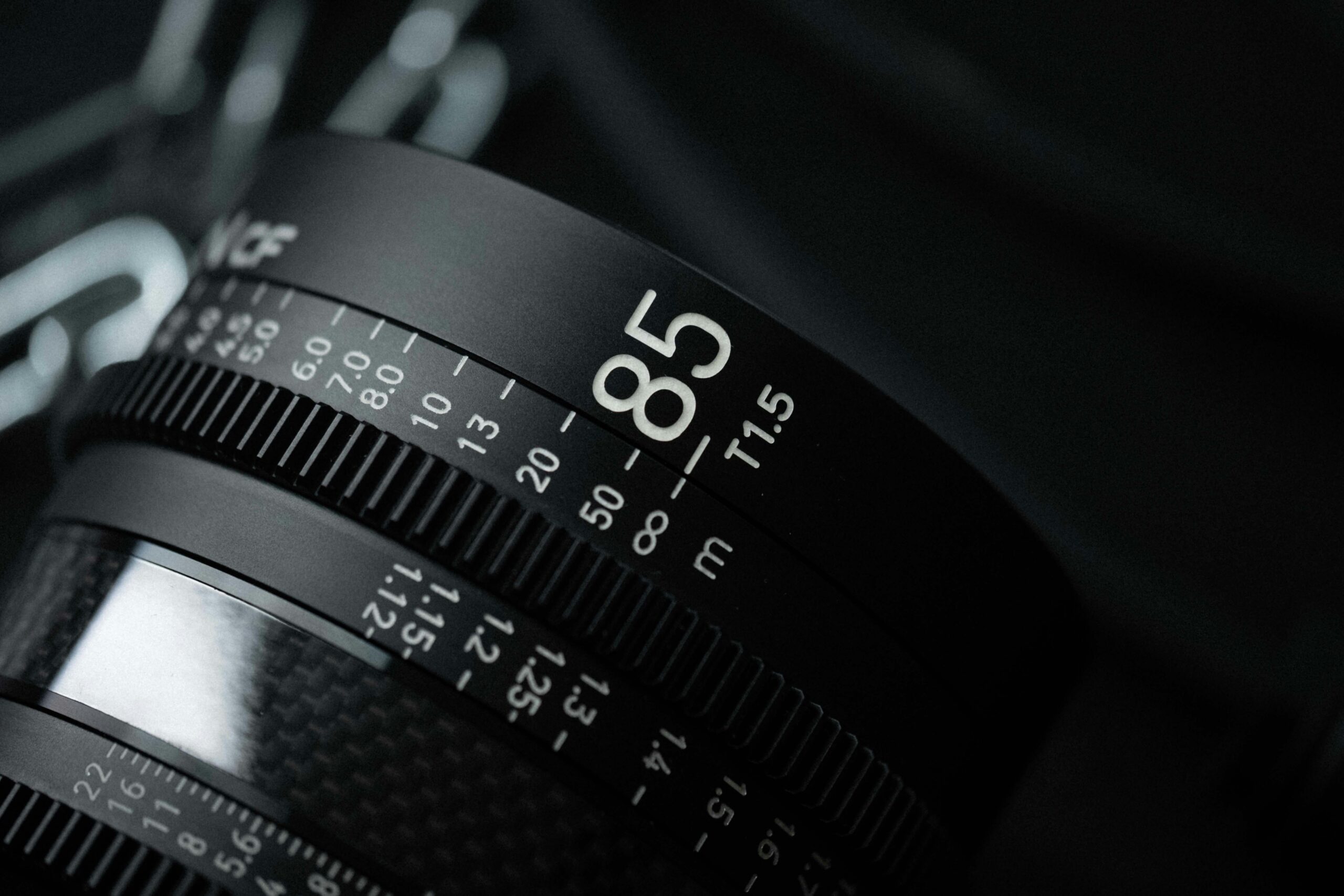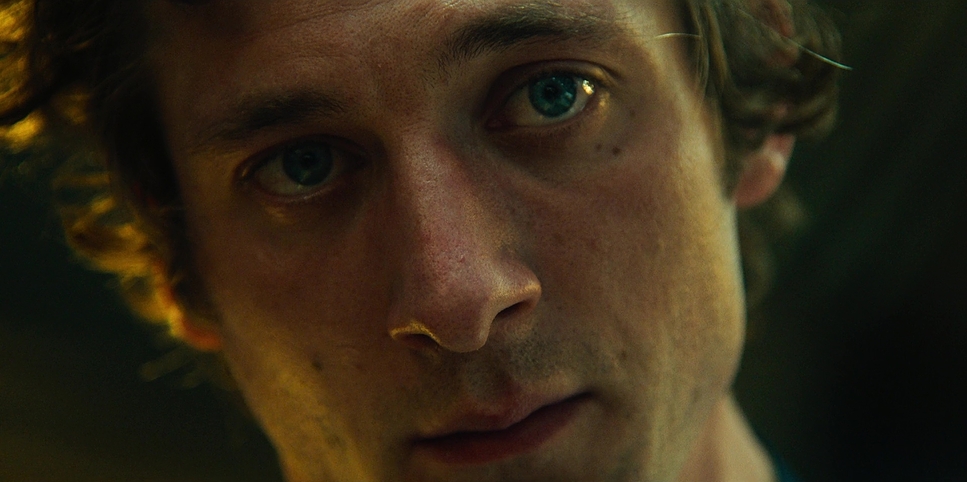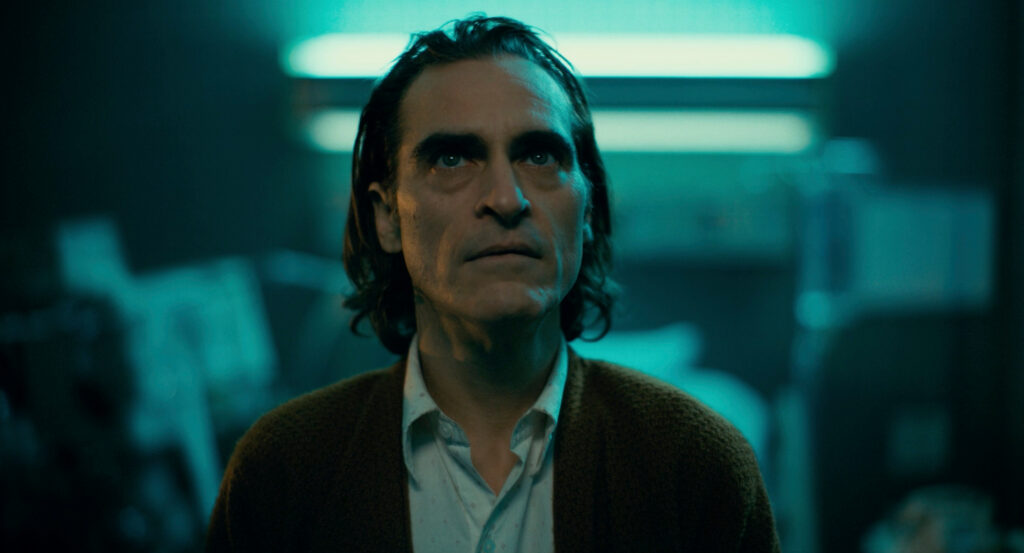
Depth of field (DOF) is about what’s in focus in your shot. As a cinematographer, I’ve learned how important this is for making great films. Once you understand it, you’ll be able to control focus like a pro.
Depth of field (DOF) is about what’s in focus in your shot. As a cinematographer, I’ve learned how important this is for making great films. Once you understand it, you’ll be able to control focus like a pro.
Depth of field is how much of your shot is in focus from front to back. It’s like deciding how much of your room you want people to see when you open the door. In movies, we use DOF to guide the viewer’s eye and set the mood. It’s a powerful tool that can make or break a shot.
Here are the basics:
Understanding these basics helps cinematographers create visually interesting and emotional images. Controlling depth of field lets you direct the viewer’s focus and add depth to your shots.
There are four main things that affect depth of field:
Aperture is like the iris of your camera’s eye. A wide-open aperture (small f-number) gives you a shallow DOF, while a tiny aperture (large f-number) gives you a deep DOF. It’s pretty simple, but it can be tricky to explain to people who aren’t familiar with cameras.

The aperture affects how much light enters the camera. A wider aperture lets in more light but reduces the area in focus. A smaller aperture increases the depth of field but needs more light or a higher ISO setting. This relationship between aperture and DOF is key to getting the look you want in your shots.
Longer focal lengths (telephoto lenses) give you a shallower DOF, while wider angles give you more depth. It’s not just about making things look bigger or smaller – it’s about controlling what the audience sees. Choosing the right lens is important for getting the effect you want.
The focal length affects not only what you see but also how deep the image looks. Longer focal lengths make the background look closer to the subject and create a shallower depth of field. This can be used to make subjects stand out or create a close, personal feeling in shots.
The closer your subject is to the camera, the shallower your DOF becomes. It’s like personal space in filmmaking – get too close, and things start to blur. This is great for close-ups where you want the background to be out of focus, leaving just the actor’s face sharp.
Understanding how subject distance affects depth of field helps you create shots that have the right emotional impact. By changing the distance between the camera and the subject, you can create different effects, from close-up shots to wide shots that show the whole scene.
Larger sensors give you a shallower DOF at the same aperture and framing. It’s why some cinematographers prefer full-frame cameras, while others like Super 35. Remember, bigger isn’t always better – it depends on what you’re trying to achieve.
The size of the camera’s sensor is important in determining how your depth of field looks. Larger sensors allow for a shallower depth of field compared to smaller sensors when using the same settings. This is one reason why many cinematographers like full-frame or larger cameras for certain projects, as they offer more control over depth of field and can create a more cinematic look.

Now that we’ve covered the technical stuff, let’s talk about how you can use DOF to tell your story. Because all the technical knowledge in the world won’t help if your shots don’t serve the story.
Shallow depth of field is great for:
Just be careful not to overdo it. Some movies use too much shallow focus, and it can start to look weird.
Deep depth of field is good when you want to:

Here’s some real-world advice to help you on set:
Learn to control your camera settings manually. This gives you full control over your DOF. You need to understand how aperture, shutter speed, and ISO work together to affect both exposure and depth of field.
Quality lenses are really important. They’re like good shoes for a runner. Good lenses give you better control over depth of field, sharper images, and more consistent results across different settings.
Neutral density filters are very useful when you want a shallow DOF in bright light. They’re like sunglasses for your camera, letting you keep the aperture wide open without overexposing. This is especially helpful for outdoor shoots.
Good lighting is crucial, especially when working with deep DOF and smaller apertures. Remember, even if everything’s in focus, you can still use lighting to guide the viewer’s eye and create depth in your fully-focused frame.

Here are some mistakes to watch out for:
Yes, it looks cool, but not every shot needs super thin focus. Mix it up to keep things interesting and serve the story better.
Even if it’s out of focus, the background is still important. Pay attention to what’s happening behind your subject to avoid accidental distractions.
Switching between shallow and deep focus in one scene can be jarring. Try to keep it consistent unless you’re going for a specific effect.

Once you’ve got the basics down, you can try these fancier techniques:
Keeping two subjects at different distances both in focus. It’s tricky but can create interesting effects. This can show tension between characters or highlight relationships between foreground and background.
Changing focus during a shot to guide the viewer’s attention. It’s like a magic trick with lenses. Rack focus can reveal information, shift focus, or create a sense of discovery in a scene.
Sometimes, you might need help from post-production. That’s okay, as long as you’re not trying to fix everything after filming. Digital tools can enhance depth of field effects, but it’s best to get as much as possible right when you’re filming.

Let’s look at some films that used depth of field really well:
Orson Welles and cinematographer Gregg Toland used deep focus to keep both close and far objects sharp. It was new then and still looks impressive now. Their use of deep focus allowed for complex shots that enhanced the story and visual style.
Mike Nichols used shallow DOF to isolate Dustin Hoffman’s character, showing his feeling of being alone. It’s a great example of using focus to create emotion. The selective focus in key scenes shows how disconnected the main character feels from his surroundings and other people.
Wes Anderson often uses deep focus to show off his detailed sets and symmetrical compositions. It’s like a Where’s Waldo of interesting details. The consistent use of deep focus in Anderson’s films lets viewers explore the rich, detailed worlds he creates, adding to the overall visual storytelling.

Learning to master depth of field takes time. It’s about finding the right balance between technical skills and artistic vision. As you practice and develop your style, remember that rules can be broken – but only after you’ve learned them well.
Keep trying new things, experiment with different techniques, and don’t be afraid to make mistakes. That’s how we learn and get better.
As movies change, so will the ways we use depth of field. New lens technologies and improvements in digital filming will bring new possibilities. But the basic principles will stay the same. Stay curious, keep learning, and never stop exploring how you can use focus in your shots.
Now go out there and start focusing (or defocusing) with purpose. And remember, when things don’t go as planned, you can always blame it on the natural light. It’s an old trick that cinematographers have been using for years!

